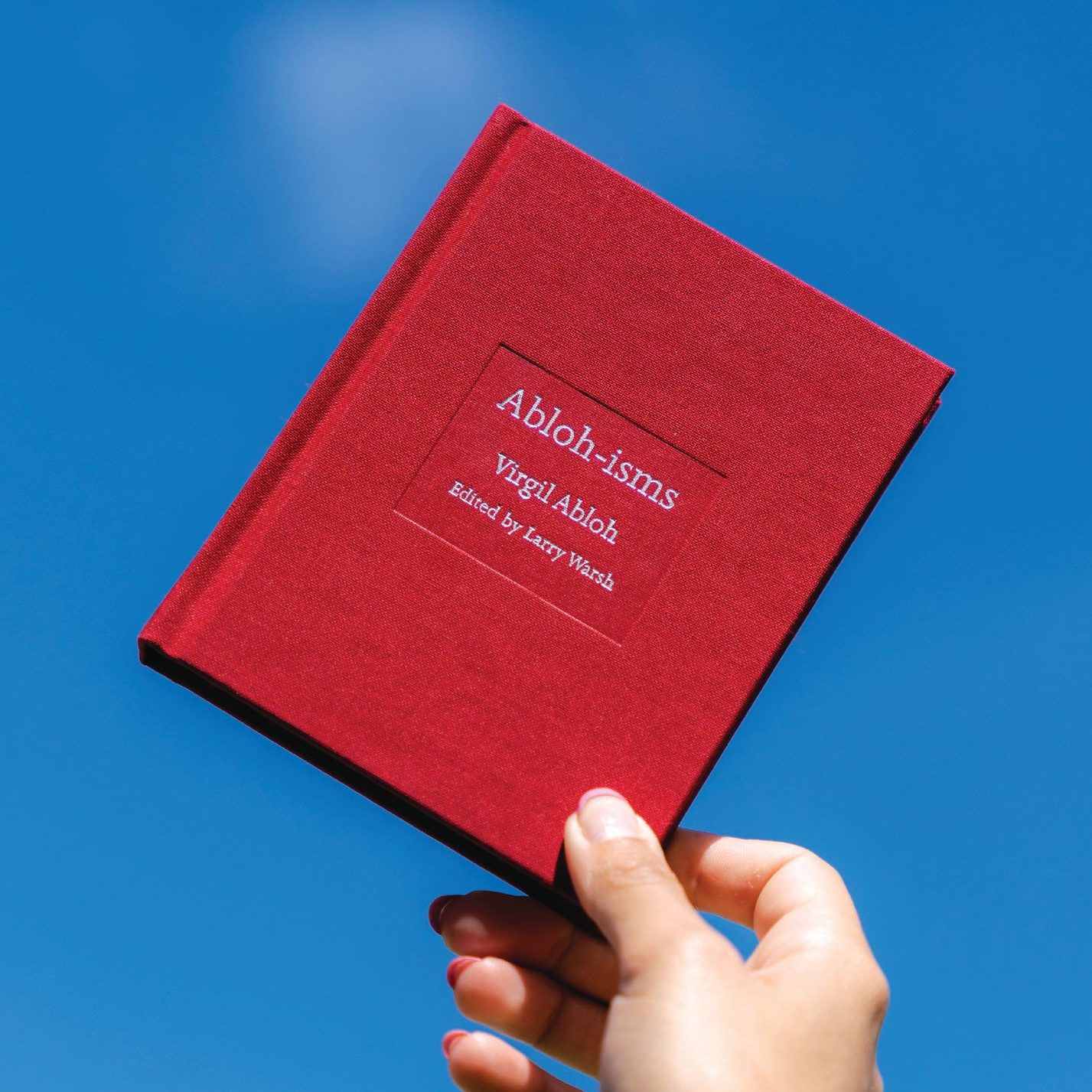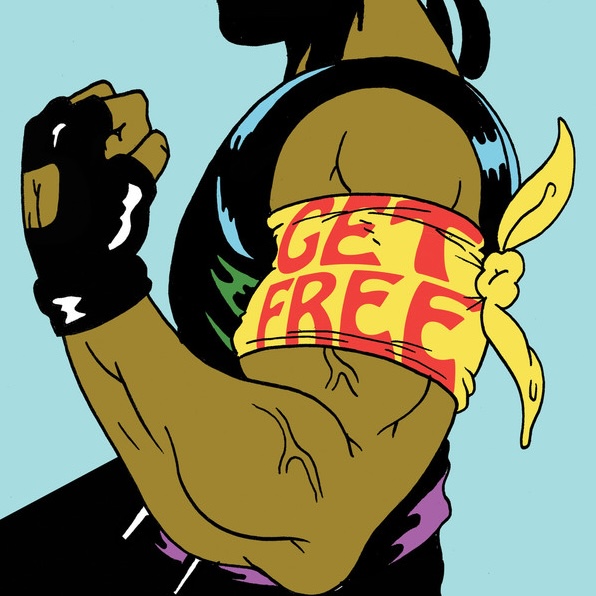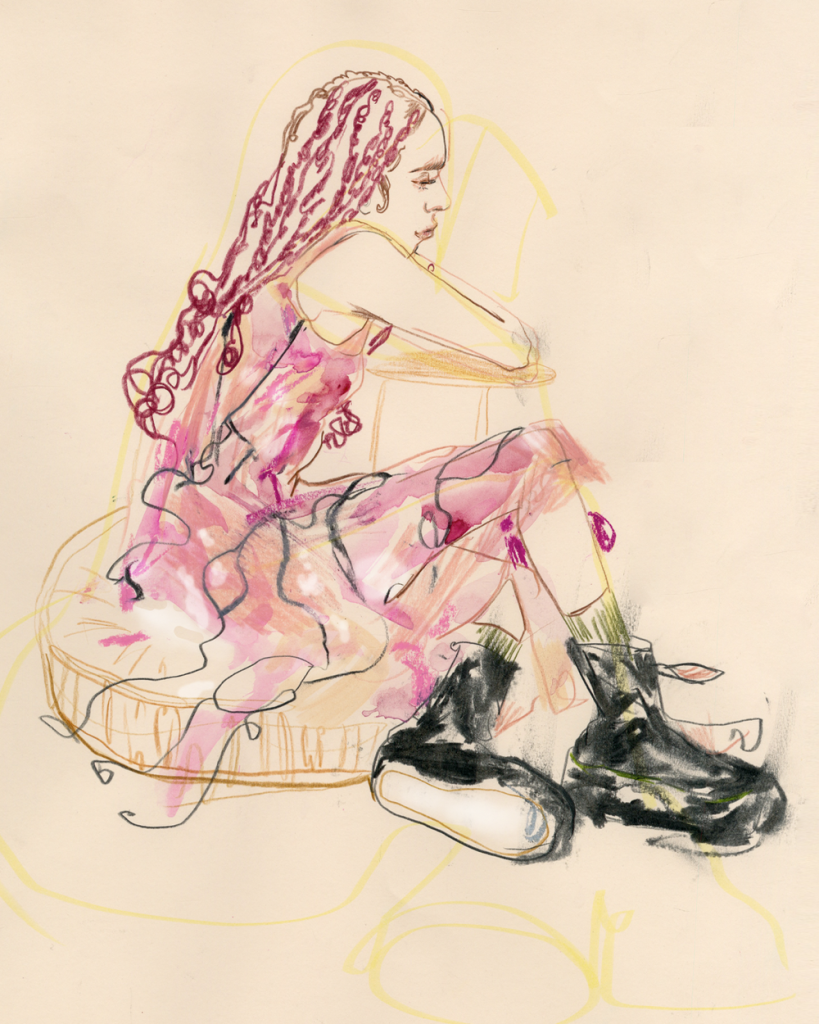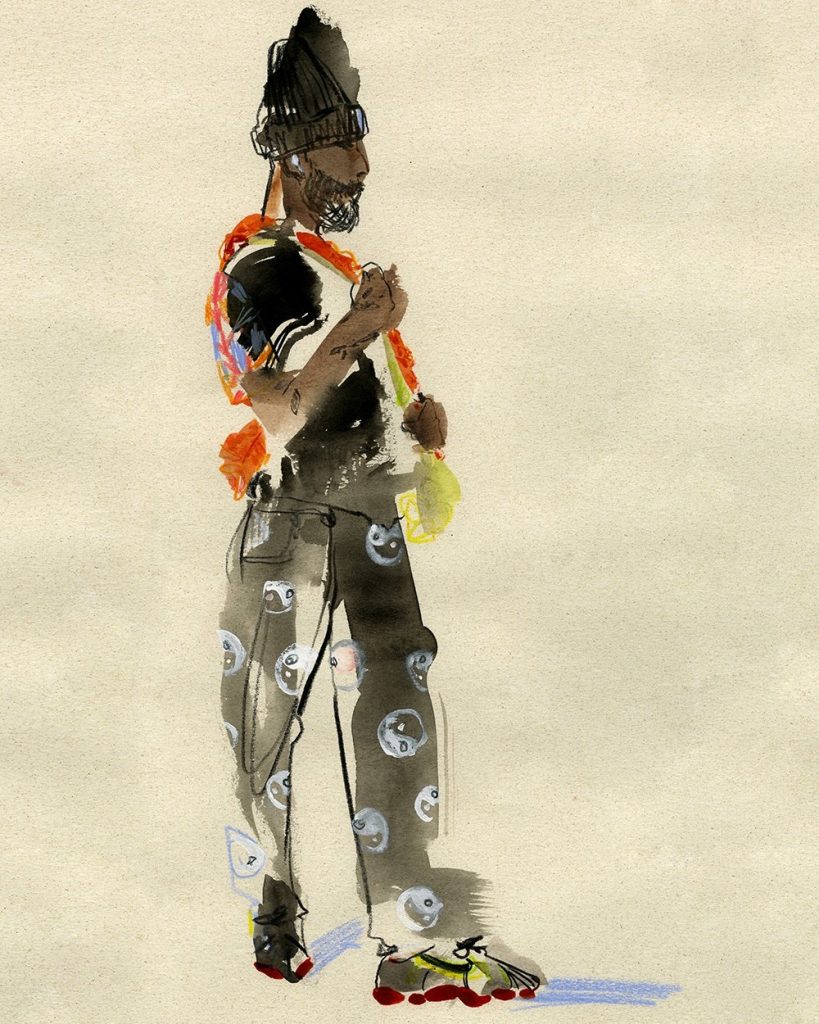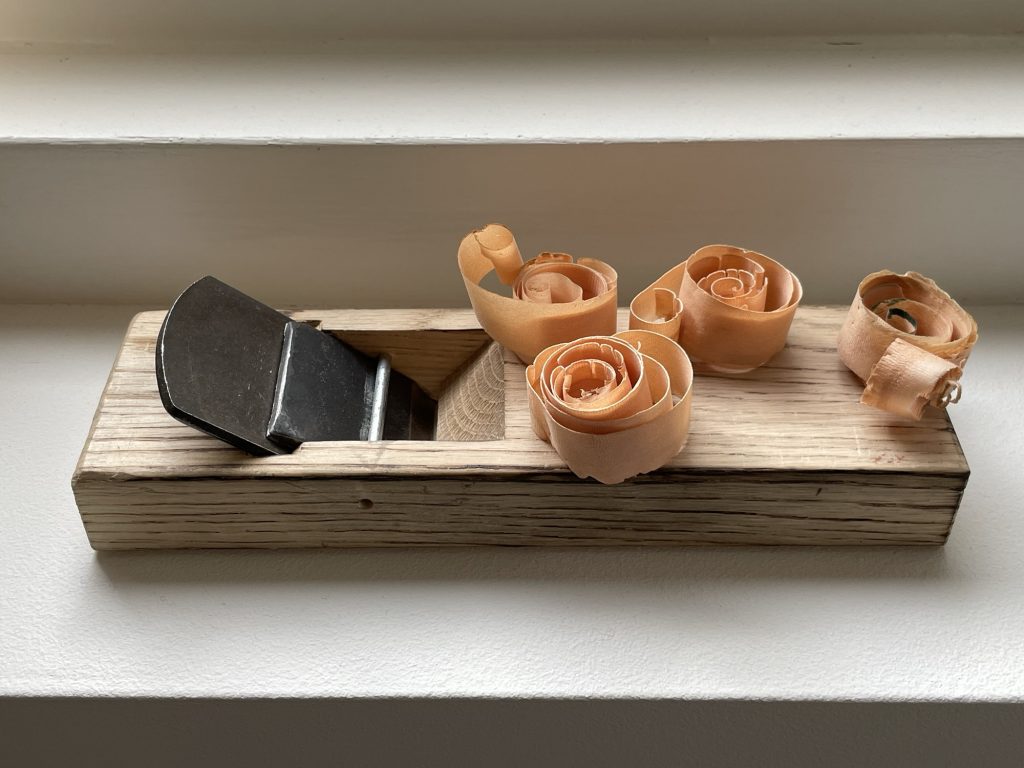Published
How will AGI change the way we design and create culture
Watching the new documentary on the company, founders and achievements of DeepMind, I had some thoughts I’d like to capture. The doc. is well produced and a good way to gain general understanding of what AI and AGI are, the work that goes into building them and the things they have done with it so far.
I did miss a mayor component to the story, which is the energy consumption needed for all this. They do talk about compute power and how they constantly don’t have enough of that, but that’s not the same. Also you could argue, as the founder does to himself, that using energy for menial and useless tasks is perhaps more the problem (and potentially the reason why its such a big problem, as the whole world is now using overly capable AI machines to do mundane and arguably useless tasks for them). If used well, the energy usage could actually be very efficient when used on solutions to issues that can solve a multitude of problems. Its in the eye of the beholder as to which this energy consumption is justifiable I guess.
To get to the thoughts I had; at some point, 2/3 way into the documentary, you see a shot of the Big Bin (on of many London themed b-roll shots) and I was looking at the architectural design and decorative decisions made in that. It was at a point in the documentary where they talked about the speed of acceleration (in development or output) of these machines they are making. Where does speed sit in the development of culture and society? Building a machine (or robot) that can run the legs out from underneath its body – effectively running faster than it can cary itself – is undeniably faster than before seemed possible. But in which practice is this useful? I think this is the question to be asked with these new technologies. With a complex problem, where an AGI can accelerate problem solving to an unimaginable speed or scale, it seems more then useful to do so (although even when writing this I realise that it’s very hard to define which problems deserve this solution more then others).
Design
Going back to design, as the Big Ben got me thinking about that; what does acceleration in design and image creation mean for our cultures and the societies we have build around them? Something like the Houses of Parliament, Westminster Abbey, but also the Birds Nest in Beijing or the WTC in New York; all architecture (as is for now the stand-in for anything designed in this line of thought) has been designed and built in a timespan that is human. Particularly with architecture, from design to construction, it takes a long time. Within this time a certain aesthetic can be imagined, created and constructed, but also lived with. Throughout history we have changed our aesthetically preferences in design, but we have also been able to look back at designs from the past and taken inspiration or learnings from that. The Big Ben looks a certain way because it was made in a certain time when certain values and skills were prevalent (and others not yet discovered or accepted).
If AI or AGI accelerates this process, what does that mean for our understanding of ourselves and the cultures we create and the societies we inhibit? If a machine can come up with ever more solutions – technical or superficial, they will both have a certain aesthetic, so the solutions are also aesthetic and therefor a design solution – and at a pace that makes these solutions change and adjust increasingly faster (more frequent) then we as people or as a society can comprehend or get used to; what will that lead to? Will a definition or understanding of culture still be possible? Or will everything just inevitably become a crab (a thought that in general has been spinning in my mind about many things lately).
These are questions I don’t have an answer to other than; I’d like to see a world in which cultures are unique and diverse because they project lives lived differently and uniquely. This is what makes us human and what makes it inspiring and energetic to be alive in this world.
Another source that has been very interesting (found on the same day as the movie) is this podcast episode by NYT Critics at Large. It poses some more interesting questions in relation to the subject of culture and the arts. It made me think also of this video I have seen recently of someone kicking a rock down the road until it becomes a sphere. The more you amalgamate information and knowledge that is already out there, the more it will evolve into something that has little edge or discrepancy. Life IS interesting because sometimes we need to figure things out ourselves and come to conclusions which others had already made. AI and AGI in the end are just really really good amalgamators of information and very efficient conclusion makers. Most things have been done before; not knowing can hinder your growth or it can stimulate it, it depends on your situation.
